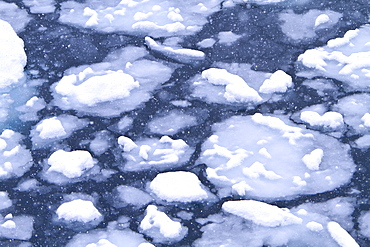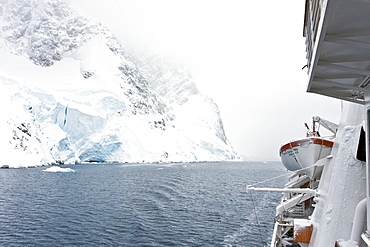Results
16 results found
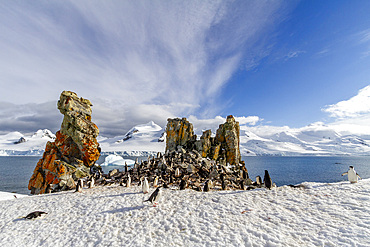
Chinstrap penguins (Pygoscelis antarctica), breeding colony at Half Moon Island, Antarctica, Southern Ocean, Polar Regions
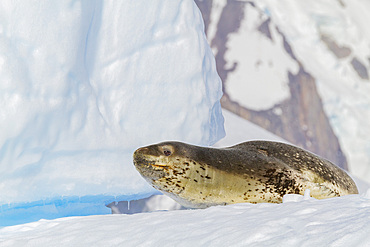
Adult leopard seal (Hydrurga leptonyx) near Cuverville Island near the Antarctic Peninsula, Southern Ocean, Polar Regions
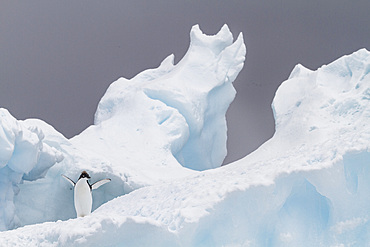
First year Adelie penguin (Pygoscelis adeliae) chick at breeding colony at Brown Bluff, Antarctica, Polar Regions
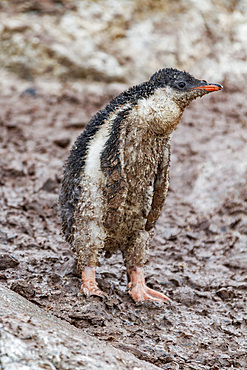
Gentoo penguin (Pygoscelis papua) chick covered with mud and guano on Cuverville Island, Antarctica, Southern Ocean, Polar Regions
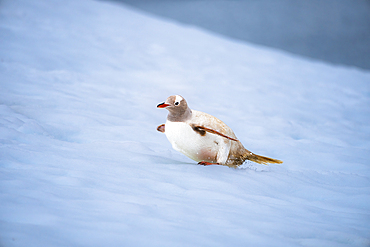
A Gentoo penguin (Pygoscelis papua), with a rare condition, leucism, in the Antarctic Peninsula, Polar Regions
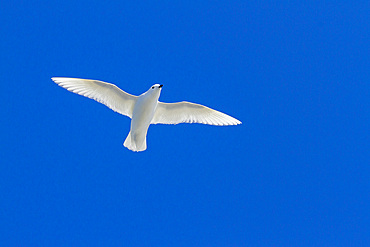
Adult snow petrel (Pagodroma nivea nivea), in flight near the Antarctic Peninsula, Antarctica, Southern Ocean, Polar Regions
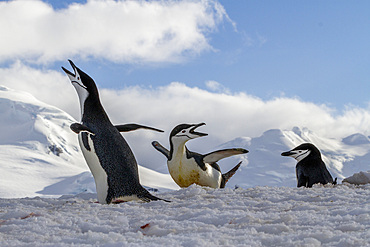
Chinstrap penguins (Pygoscelis antarctica), ecstatic display at breeding colony at Half Moon Island, Antarctica, Polar Regions
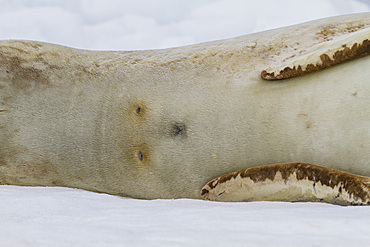
Adult female leopard seal (Hydrurga leptonyx) hauled out on ice at Brown Bluff near the Antarctic Peninsula, Antarctica, Polar Regions
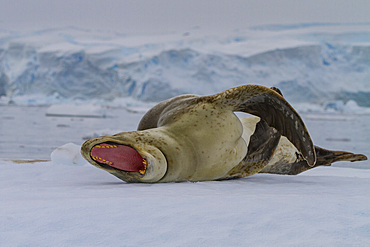
Adult male leopard seal (Hydrurga leptonyx) hauled out on ice in the Gullet near the Antarctic Peninsula, Antarctica, Polar Regions
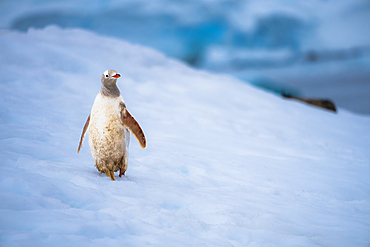
A Gentoo penguin (Pygoscelis papua), with a rare condition, leucism, in the Antarctic Peninsula, Polar Regions
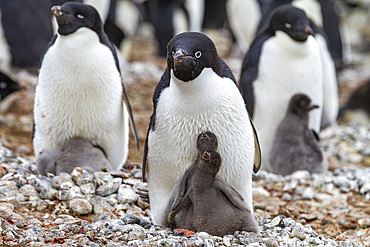
Adelie penguin (Pygoscelis adeliae), with chicks at breeding colony at Brown Bluff, Antarctic Peninsula, Antarctica, Polar Regions
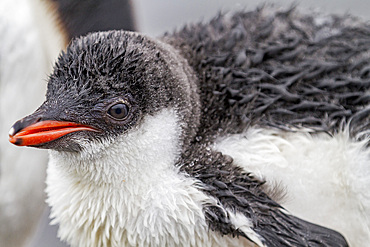
Gentoo penguin (Pygoscelis papua) chick at Jougla Point, Wiencke Island, Antarctica, Southern Ocean, Polar Regions
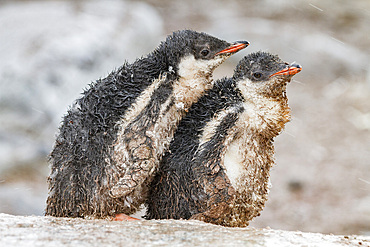
Gentoo penguin (Pygoscelis papua) chicks covered with mud and guano on Cuverville Island, Antarctica, Southern Ocean, Polar Regions
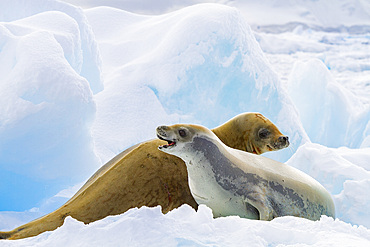
Crabeater seals (Lobodon carcinophaga) hauled out on ice floe near the Antarctic Peninsula, Antarctica, Polar Regions
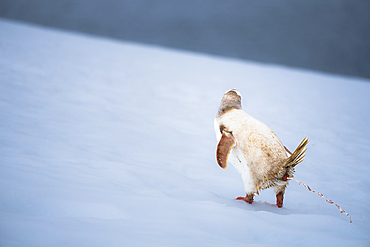
A Gentoo penguin (Pygoscelis papua), with a rare condition, leucism, in the Antarctic Peninsula, Polar Regions
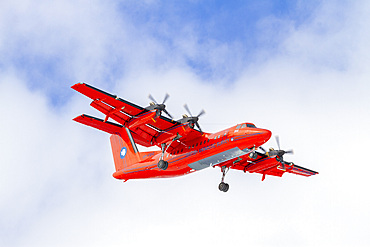
British Antarctic Survey (BAS) research plane landing at the Chilean Research base Frei on King George Island, Antarctica, Polar Regions

Flat calm conditions in Crystal Sound, south of the Antarctic Circle, Antarctica, Southern Ocean. MORE INFO This area is full of flat first year sea ice, well developed icebergs, with many open leads.
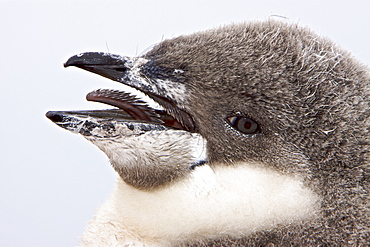
Chinstrap penguin (Pygoscelis antarctica) chick head detail at colony on Useful Island near the Antarctic Peninsula. There are an estimated 2 million breeding pairs of chinstrap penguins in the Antarctic peninsula region alone, perhaps as many as 7.5 million breeding pairs in all of Antarctica. Their name derives from the narrow black band under their heads which makes it appear as if they are wearing black helmets, making them one of the most easily identified types of penguin. Other names for them are "Ringed Penguins", "Bearded Penguins", and "Stonecracker Penguins" due to their harsh call. They grow to 68 cm (27 in). The average adult weight of a Chinstrap Penguin is 4.5 kg (10 lbs). Weight can range from 3 to 6 kg (6.6-13.2 lbs), with males being slightly larger and weight varying based on where the penguin is in the breeding cycle. Their diet consists of krill, shrimp, and fish. On land they build circular nests from stones, and lay two eggs, which are incubated by both the male and the female for shifts of five to ten days. They can also breed on icebergs, though they prefer non-icy conditions. The chicks hatch after about 35 days, and have fluffy gray backs and white fronts. The chicks stay in the nest for 20?30 days before they go to join a creche. At around 50?60 days old, they moult, gaining their adult plumage and go to sea. The Chinstrap Penguin was first described by German naturalist Forster in 1781. Its specific epithet was often seen as antarctica, however a 2002 review determined the genus Pygoscelis was masculine, and hence the correct binomial name is Pygoscelis antarcticus.
